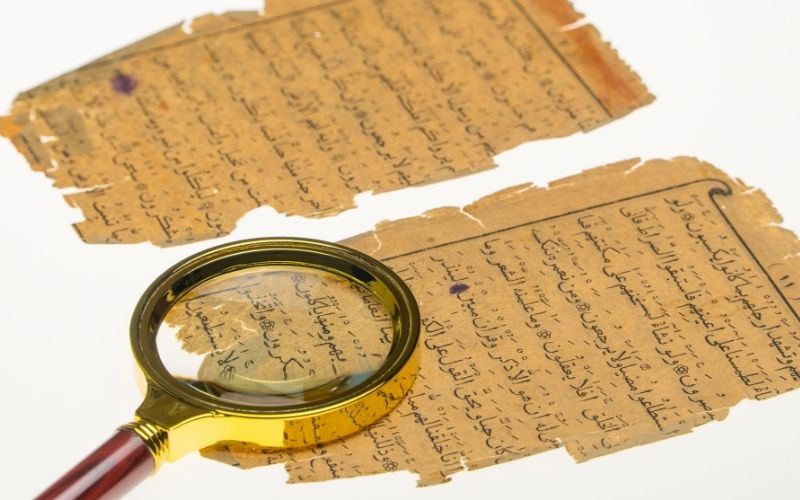
- Social Sciences & Humanities Open Cloud
Heritage Studies

The Heritage Science and Humanities Data Community involves cultural heritage experts and scientists from a range of disciplines – digital humanists, conservators, literary scholars, historians and art historians, archaeologists, architects, chemists, physicists, material scientists, engineers - to name only a few -, who collaborate in the new multidisciplinary field of digital heritage science and humanities, integrating and sharing data across the fields. The data community gathers around existing resources belonging to the domains of digital arts and humanities, such as:
○ lists, collections, datasets, reference tools, glossaries, archival and library records, digital editions of works of philology or records with a philological and lexicographical focus (i.e. digital lexicography);
○ records of written or iconic resources and/or other specific documentation formats regarding artworks, catalogs and other museum resources; available digital samples and datasets and/or materials related to the study and the analysis of physical objects and artifacts linked to the fields of archaeology, architecture, visual studies, technical art history.
The ample range of disciplines covered by the community is a testimony of the need of building common protocols and strategies based on existing data and metadata standards, already developed in each scientific discipline, for the reuse and sharing of existing technologies rather than creating new semantic structures, authority tables and linked data. The data community objective was to cover the heterogeneous data landscape made of a mix of structured, tabular, unstructured and semi-structured data, towards an interoperable and common set of tools, practices, standard, policies. The E-RIHS partners - GLAM institutions such as National Archives, Libraries, Research Institutes and Museums - provided datasets composed of data which have been created and structured according to a consistent variety of standards and internal procedures. Those data were ingested and made interoperable through mapping and modeling processes based on a common ontology also in use within the general SSHOC Community (CIDOC-CRM). The pilot use case comprehended both cultural heritage (CH) datasets (documents, texts, works of art, manuscripts, and artifacts) and heritage science (HS) datasets (high-resolution measures and analyses made on artistic objects).
A task within SSHOC is examining how existing and future research within heritage science can use, contribute to, and be integrated within EOSC.
Want to get involved?
Contact us at co@e-rihs.eu
